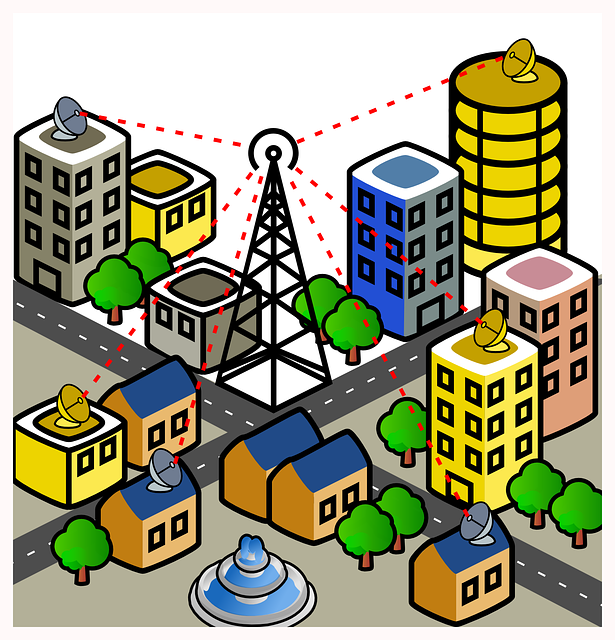Radio advertising has been a staple in the world of marketing for decades. From catchy jingles to memorable slogans, radio ads have played an integral role in helping businesses reach their target audience and build brand recognition. But with the rise of digital marketing channels, some may question if radio advertising is still relevant today. In this blog post, we’ll dive into what radio advertising is, how it works, and why your business should care about incorporating it into your marketing strategy.
What is Radio Advertising?
Radio advertising is a type of advertising that uses radio to reach out to potential customers. It is a very effective way to reach people who are on the move, and it can be very cost-effective. Radio advertising can be used to promote products, services, or events, and it can also be used to build brand awareness.
Benefits of Radio Advertising
Here are some benefits of radio advertising for businesses:
1. Radio reaches a wide audience: According to Nielsen, 91% of Americans aged 12 and older listen to radio every week. That’s a lot of people you can reach with your message!
2. Radio is portable: People listen to radio in their cars, at work, and while doing activities like exercising or gardening. This means your ad can reach people even when they’re on the go.
3. Radio is flexible: You can target specific demographics with radio advertising, such as by choosing stations that appeal to your target audience or running ads during dayparts that your target listens to the most.
4. Radio is affordable: Radio advertising rates are typically much lower than those for TV or print ads, making it a cost-effective way to reach potential customers.
5. Radio is immediate: Unlike some other forms of advertising (such as TV or print), radio ads can start running quickly and generate results quickly. This makes radio an ideal choice for businesses that want to see results quickly.
Here are some tips on how to make the most of radio advertising:
- Plan your campaign in advance: Decide what you want to achieve with your radio advertising and create a plan accordingly.
- Research your target audience: Make sure you understand who your target audience is and what they listen to. This will help you choose the right station and time slot for your ad.
- Keep your ad relevant: Your ad should be relevant to your target audience and offer something that they would be interested in.
- Make it attention-grabbing: Radio ads are often background noise, so you need to make sure yours stands out. Use sound effects and catchy music to grab attention.
- Keep it short: Radio ads should be around 60 seconds long, so make sure you get your message across clearly and concisely.
Tips for Creating an Effective Radio Ad
If you’re considering radio advertising for your business, there are a few things to keep in mind to create an effective ad. First, you need to understand who your target audience is and what kind of station they listen to. Then, you need to create a script that is clear, concise, and catches the listener’s attention. You need to find the right voice actor to deliver your message. By following these tips, you can create an effective radio ad that will reach your target audience and help grow your business.
Analyzing Your Radio Ads
As a business owner, it’s important to understand how your radio ads are performing. Are people tuning in? Are they hearing your message?
There are a few ways to measure the effectiveness of your radio ads. One is to simply ask your customers how they heard about you.
Another way to measure the effectiveness of your radio ads is to track the number of phone calls or website visits you receive after running an ad. This will give you an idea of how many people were exposed to your ad and then took action.
You can also listen to your own radio ads and take note of any comments or feedback you receive from friends, family, or customers. This can help you gauge whether people are liking what they hear and whether they remember your message.
By taking the time to analyze your radio ads, you can ensure that they’re reaching the right audience and having the desired effect.
Finding the Right Audience for Your Radio Ads
There are a few key things to keep in mind when trying to identify the right audience for your radio ads. First, consider the demographics of your target market. What age group are they in? What is their income level? What is their gender? Once you have a good idea of who your target market is, you can start to narrow down the list of potential radio stations that reach them.
Another important factor to consider is the type of music that your target market prefers. If you’re targeting a younger demographic, you’ll likely want to advertise on a station that plays pop or rock music. If you’re targeting an older demographic, you may want to consider advertising on a station that plays classical or jazz music.
Don’t forget to think about the day and time that your target market is most likely to be listening to the radio. If you’re targeting working professionals, you’ll probably want to advertise during morning or evening drive time. If you’re targeting stay-at-home parents, you may want to advertise during daytime hours. Keep these factors in mind when choosing which radio station to advertise on and when planning your ad campaign.
Conclusion
Radio advertising is a great way to reach your target audience and build brand awareness. It’s cost-effective, can be tailored to fit any budget, and provides an avenue for creative storytelling that builds trust with listeners. With the right approach, it can help you create a powerful impact on your customers and draw people into your business in ways that other methods of advertising cannot. By taking advantage of radio advertising, businesses can amplify their reach even further and take their marketing efforts to the next level.













